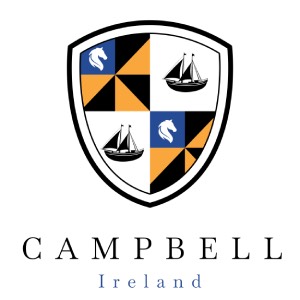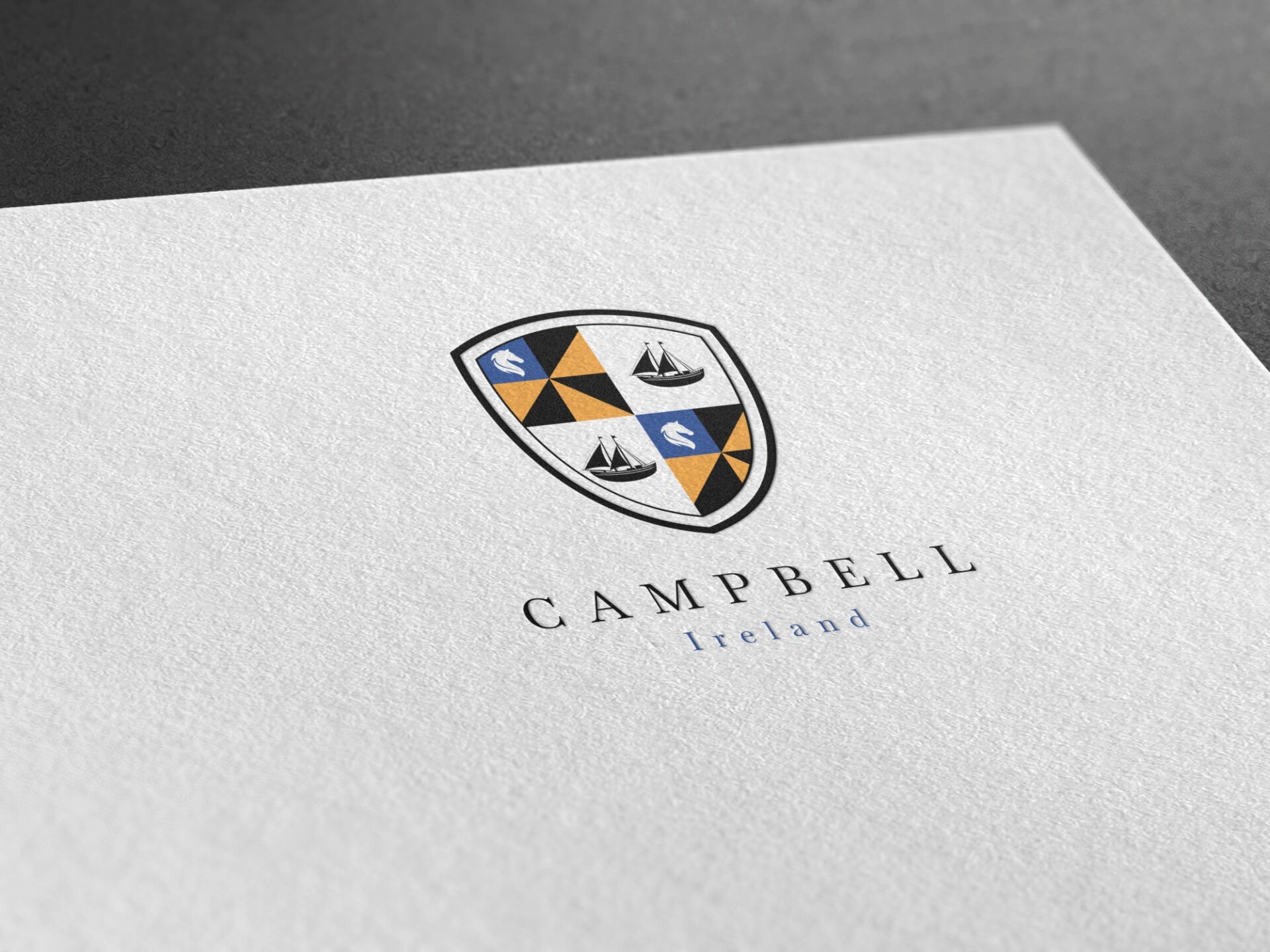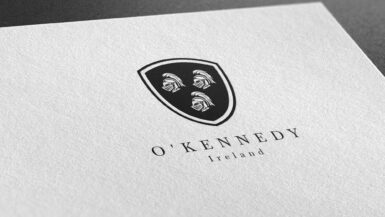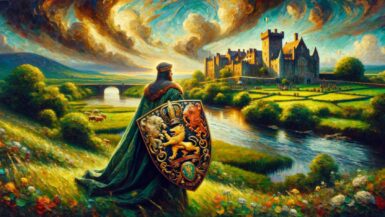Origin of the Surname
Campbell is a Scottish Gaelic origin surname that made its way into Irish history and heritage. This surname can be traced back to a Scottish clan, Clan Campbell, one of the largest and most powerful clans in the Highlands.
Etymology and Meaning
The name Campbell is derived from two Gaelic words: “cam” and “béul”. “Cam” means crooked, while “béul” translates to mouth. Thus, Campbell means “crooked mouth.” It was likely a nickname that eventually became a surname.
Earliest Known Usage
The earliest known usage of the Campbell surname dates back to the 13th century in Scotland. The name appears in the earliest extant Scottish records in the form of ‘de Campo Bello’, a Norman form of the name.
Geographic Distribution
The geographic distribution of the Campbell family was originally concentrated in Argyll in Scotland. However, with migration and passage of time, the surname spread throughout Scotland, moved into Ireland (mainly Ulster), and eventually found its way across the globe.
Original Geographic Location
The original geographic location of the Campbell surname was Argyll in Scotland, the home of Clan Campbell, where they became known as one of the principal Scottish clans.
Migration Patterns
The Campbells made their way to Ireland during the Plantation of Ulster in the early 17th century. The family’s migration patterns also expanded globally during the 19th and early 20th centuries due to economic hardships, leading many Campbells to relocate to North America, Australia, and New Zealand.
Historical Context
Notable Historical Events
The Campbells were prominent during the Scottish Clan Wars and the Protestant Reformation, where they allied with the Crown. During the Plantation of Ulster, many Campbells settled in Ireland, contributing to the region’s demographic and cultural development.
Involvement in Key Moments in History
Campbells were involved in key historical moments, such as the Jacobite Risings in Scotland and the conflicts between the Protestant and Catholic communities in Ireland.
Notable Bearers of the Surname
Famous Individuals
Several prominent individuals with the surname Campbell hail from Ireland. Here are a few notable examples:
- Joseph Campbell (1879-1944): An Irish poet and lyricist. He is known for his contribution to the Irish literary revival and his translation of Irish language poetry into English.
- Willie John McBride CBE (born William James McBride, 1940): A former rugby union footballer who played as a lock for Ireland and the British and Irish Lions. His mother’s maiden name was Campbell.
- Darren Clarke (born Darren Christopher Clarke, 1968): An Irish professional golfer. He is known for winning the 2011 Open Championship. His mother’s maiden name was Campbell.
- Phil Campbell (born 1961): Guitarist for the British rock band Motörhead. Though born in Wales, he is of Irish descent through his mother’s side, and his family’s name was originally O’Kempell, a Gaelicized form of Campbell.
Variations of the Surname
Spelling Variations
While Campbell is the most common spelling, other variations include Cambell, Camble, and Cammell.
Regional Differences
The surname Campbell has been predominantly used in Scotland and Ireland. However, in England and Wales, it can sometimes be found as Cambell or Camble.
Current Statistics and Distribution
Frequency and Global Distribution
Currently, the Campbell surname is most prevalent in the United States, followed by the United Kingdom and Canada. In Ireland, it’s particularly common in Northern Ireland due to the historical Ulster Plantation.
Changes Over Time
The distribution of the Campbell surname has broadened over time due to the Plantation of Ulster, economic hardships, and the worldwide migration of the Irish and Scottish diasporas.
Family Coat of Arms

The Campbell family crest is a rich tapestry of colors and symbols, each adding a layer of meaning to the family’s heraldic identity. The crest is primarily set against a white or silver background, a choice that heraldically symbolizes peace and sincerity. This serene backdrop sets the tone for the crest, emphasizing the family’s commitment to tranquility and honesty.
Interwoven with the peaceful silver are elements of blue, a color deeply associated with loyalty and truth in heraldry. This hue reflects the family’s dedication to these virtues, highlighting their steadfast reliability and integrity. Additionally, accents of yellow or gold are present, a color that represents generosity and elevation of the mind. This inclusion speaks to the benevolent and noble spirit of the family.
The crest is further detailed with elements of black, a color often symbolizing constancy and sometimes grief, which suggests the enduring nature of the family’s commitments and possibly their resilience through adversity.
Prominently featured on the crest are two ships and two horses. The ships are a nautical symbol that typically represents a voyage or a grand journey, indicating the family’s adventurous spirit or possibly their historical connection to exploration or trade. The horses, a common heraldic symbol, denote strength, courage, and freedom. Their presence on the crest underscores the family’s dynamic power and their ability to overcome obstacles.
Altogether, the Campbell family crest is a vivid heraldic emblem that conveys a narrative of peace, loyalty, generosity, and an adventurous spirit, anchored by symbols of strength and resilience.






Leave a reply